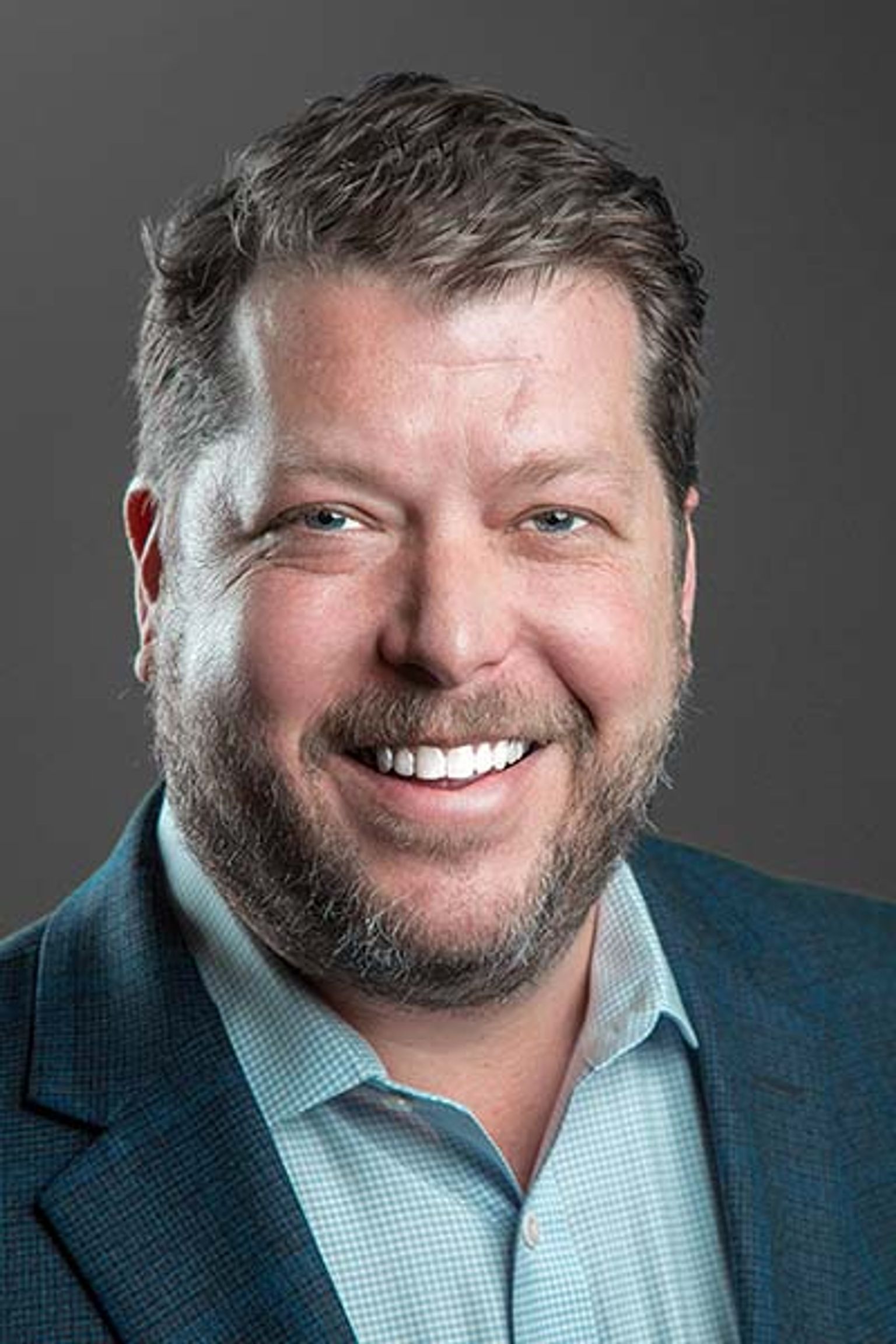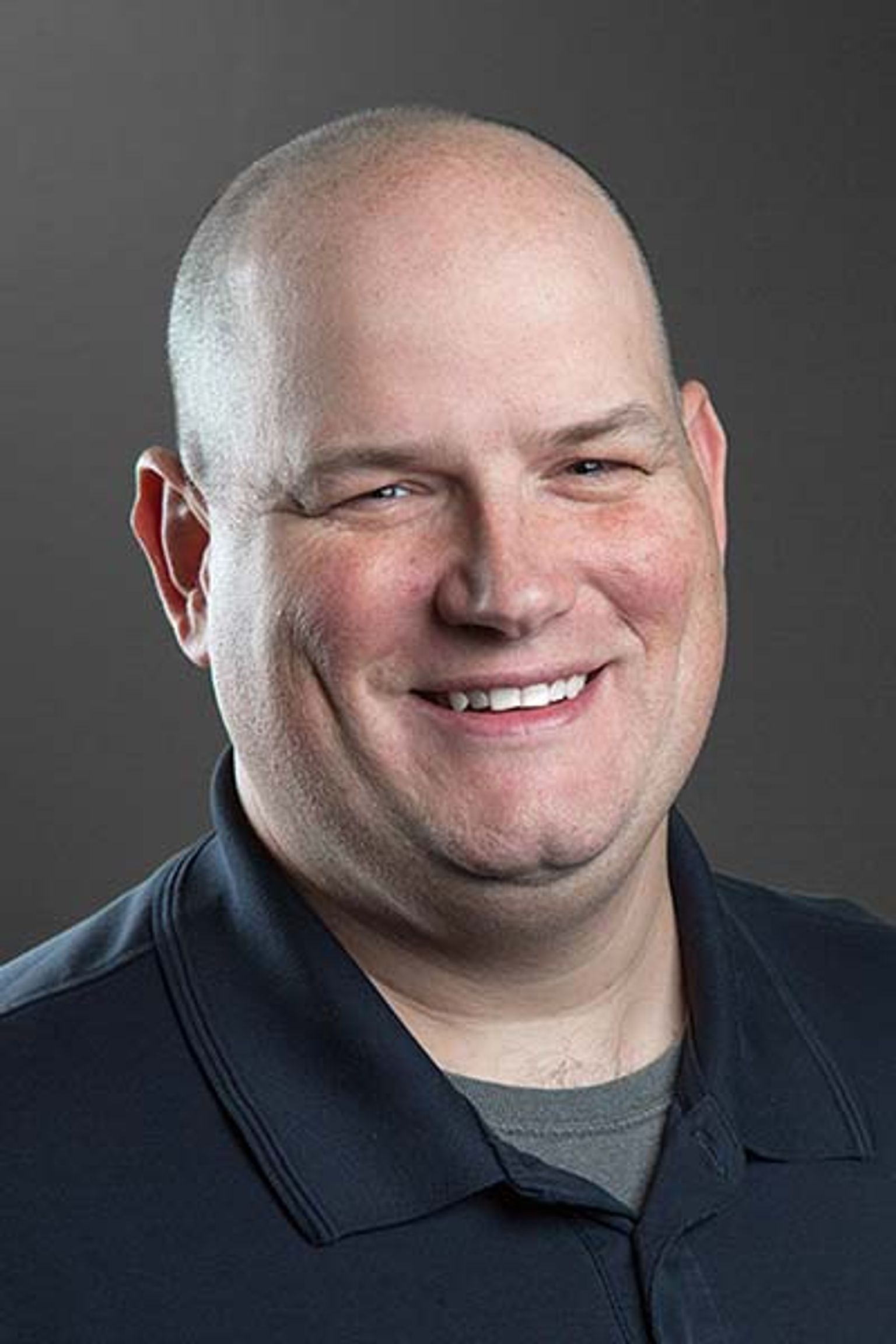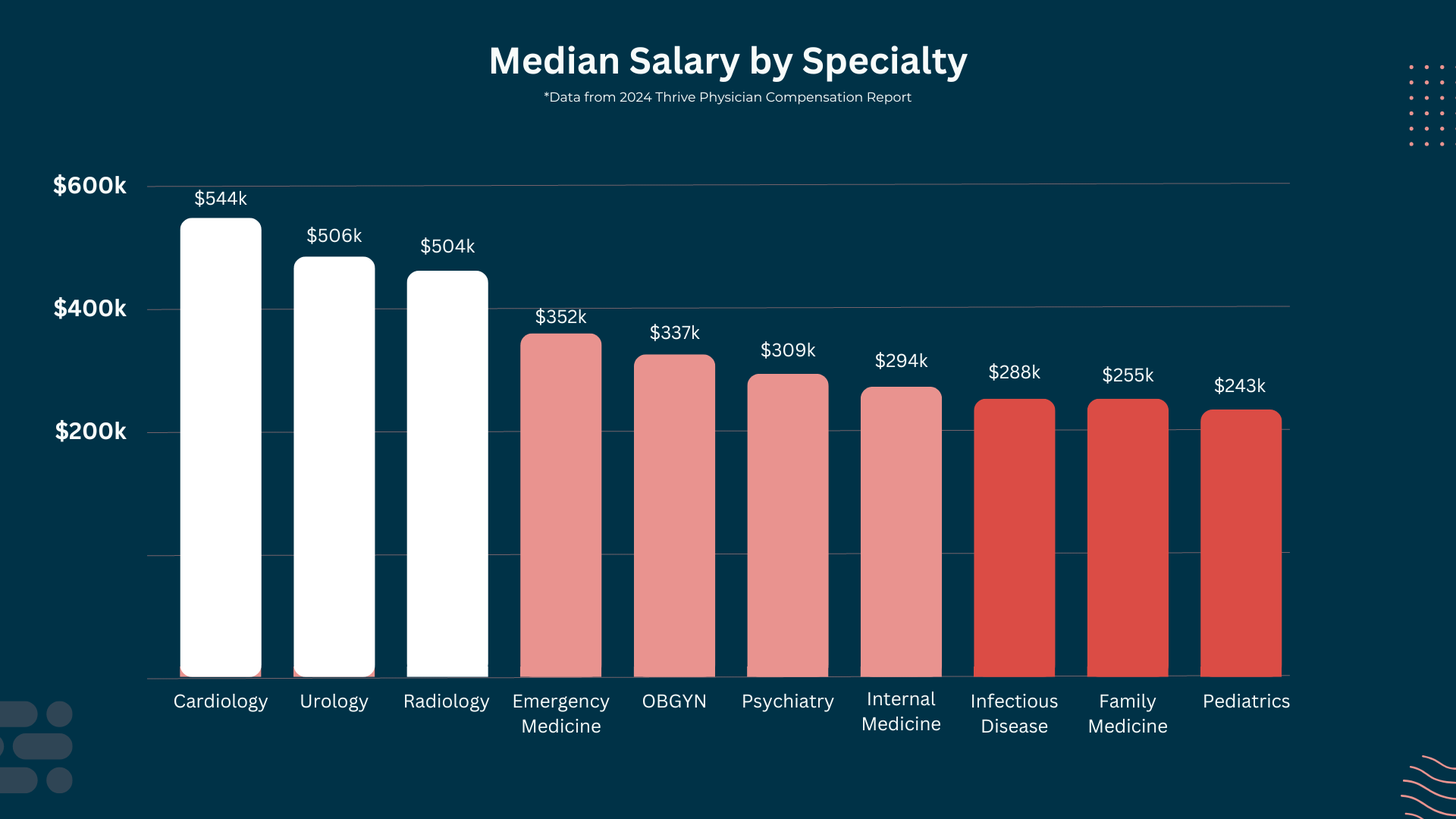Sourcing Better Options for Healthcare Recruiting
Inline started 20 years ago as a retained physician recruiting firm. Early on, a client told us, “If you just find me a pipeline of candidates to interview, I can do the hiring.” That was the beginning of the subscription model of sourcing. Clients could pay us one monthly fee and interview and hire as many candidates as they wanted or needed. Today, Inline is truly the only “sourcing” company that exists in the physician and medical search world.
We developed RCP, our own sourcing platform to automate and streamline our process with AI and data matching. However, using technology and algorithms is only part of the solution. The other critical part of the solution comes from our team of professional, highly trained recruiters who source, screen and match candidates specifically to the needs of our clients. This human intervention allows us to send only candidates who both match, and want to work for our clients.
Over the last 15 years, our database has grown to more than 1.5 million records, and because of our professional Recruiter team, that data is scrubbed and updated every day. We are proud of the adaptive work we’ve done to deliver the best healthcare talent to our clients efficiently through the many changes in industry, technology, and global health.
Over the last
15 years, our database has grown to more than 1.5 million records
Inline Leadership
Kelli Mulloy
Kelli Mulloy is a CPA and the Co-Owner and President of The Inline Group. After 20 years in banking and technology she left Bank of America to start Inline’s predecessor with her husband. Using her experience in technology, product development, and process design, she helped Inline evolve into the company it is today.
Read more



Perspectives from the Pipeline
Understanding Average Salaries in Healthcare: What to Expect
Healthcare industry salaries vary heavily based on role, experience, location and specialization. Physicians, nurses, health professionals and administrative staff are all essential roles in patient care, but their compensation differs widely. Even among physicians, salaries can range widely, depending on specialty:

Although physicians and surgeons tend to have the highest salaries, specialists earn more than general practitioners. There is also a difference in wages between registered nurses (RNs), who have an average salary of $77,000 annually, and nurse practitioners (NPs) and specialized nurses, whose salaries can top $120,000 annually. Healthcare professionals, like physical therapists, occupational therapists, and radiologic technologists, generally earn between $60,000 and $95,000. Administrative roles, on the other hand, are more likely to typically range from $45,000 and $100,000.
That’s a wide range that depends on many factors, one of them being location. Urban areas in high-cost states generally offer higher wages due to increased cost of living and demand for healthcare. Rural areas may have lower salary ranges but typically include some hiring incentives like sign-on bonuses and student-loan forgiveness to convince potential candidates. Regional disparities also play a role in salary differences, with higher tendencies in the Northeast and West and lower in the Midwest and South.
Experience and specialties are the other biggest factors in determining pay. Physicians see a significant jump after residency, and nurses, professionals and administrators all experience salary growth as they gain more expertise and take on management and leadership roles.
Efforts to reduce inequity in compensation include pay transparency, salary negotiation training and institutional policies to ensure equitable compensation across demographics.
We know that compensation is more than just a paycheck; it can directly impact how satisfied an employee is at their job and how long they stay there. Competitive salaries, coupled with benefits and career growth opportunities, all help healthcare organizations attract and retain top talent in their industry.
As the industry evolves, ensuring fair, market-aligned compensation will be essential in maintaining a strong and motivated workforce.
Let The Inline Group take the guesswork out of your job search—we’ll connect you with opportunities that match your skills, experience, and the pay you deserve.
The Way It Was, 20 Years Ago
Healthcare recruitment has undergone transformational changes over the past 20 years. The Inline Group got its start when hospitals, doctor’s offices and medical clinics filled jobs using a manual and time-consuming recruitment process.
In those days, if a potential candidate heard about a job opportunity, the job seeker had to prepare their documents and send them through fax machines or physically deliver them to the company’s office. Recruiters shuffled through piles of paper applications to identify qualified candidates and then had to coordinate in-person meetings without the advent of email or digital calendars. Job searches consisted of pouring through classified ads and attending networking events and job fairs. It was like finding a needle in a haystack in the middle of the night on a new moon. When Kelli Mulloy started Inline in 2007, staffing agencies acted as intermediaries between hospitals, clinics and workers, which extended the time it took to verify each candidate’s credentials and finalize hiring decisions.
Technological advances have revolutionized this process. Now, both healthcare organizations and prospective employees have access to Applicant Tracking Systems (ATS), LinkedIn and Indeed job boards, healthcare-specific recruitment platforms and telemedicine jobs that didn’t exist 20 years ago. Recruitment companies have had to evolve, too. Today, a candidate can find a job posting anywhere, with the help of websites that allows them to submit their resume and schedule a video interview with employers throughout the country. With new jobs and new ways of applying for these jobs, you would think that recruiting is now easier than ever. However, as healthcare positions expand and evolve, job seekers need help navigating this new era of healthcare employment. And healthcare companies, facing unprecedented shortages in nearly every field, from nursing to neurology, have to be more competitive in their outreach to gain and retain new talent.
Workers have the benefit of choosing to look for temporary, travel, flexible and remote positions, and our partners in human resources at these hospitals and medical facilities that were strained by COVID-19 have reported a tangible shift because potential employees have a large pool of opportunities that might suit their needs.
Recruitment has, in many ways, become even more essential. With workforce shortages and increasing patient care demands, talent acquisition has become a top priority in high-quality healthcare. Inline Group’s subscription model of potential and qualified candidates is designed to fill roles and ensure quality of patient care that makes it easier for both employers and employees to find what they are looking for. We stand at the forefront of this shift, embracing innovation and redefining the healthcare hiring process.
Change in Power: Doctors in the Driver’s Seat
For years, physicians have faced many challenges that have limited their autonomy or freedom to make decisions in the healthcare system due to organizational structures, policies, and more. The lack of freedom and authority has pressured physicians to adhere to organizational protocols and prioritize company structure over patient care. This never-ending cycle pauses the ability to make clinical decisions and contributes to a feeling of dissatisfaction within the industry.
However, things are beginning to change with the rise of patient-centered care. With new technological advancements, physicians now have more tools and opportunities to regain control of their practices. Patient-centered care revolves around collaboration, and it helps doctors create treatment plans for each patient’s needs. Innovations like telemedicine and virtual healthcare have completely changed how healthcare is delivered, giving doctors the flexibility to perform in the best way possible. These changes are reshaping healthcare and placing doctors in the driver’s seat.
With all the positive benefits of increased physician autonomy, challenges arise as well. Balancing clinical decision-making with administrative responsibilities can be a challenging obstacle as physicians take on roles that require both medical and operational experience. Also, with the shortage of healthcare workers, many doctors are experiencing overwhelming workloads and running the risk of burnout. However, by working together and having a trustworthy support system, the workload and burnout can be reduced.
The shift toward greater physician autonomy brings in a new era of healthcare. By being leaders of the industry, doctors can make a change in healthcare. With the right tools, resources, and support, they can balance between delivering great patient care and managing the demands of the profession. Being a physician is an opportunity to reshape the future of healthcare from the ground up.